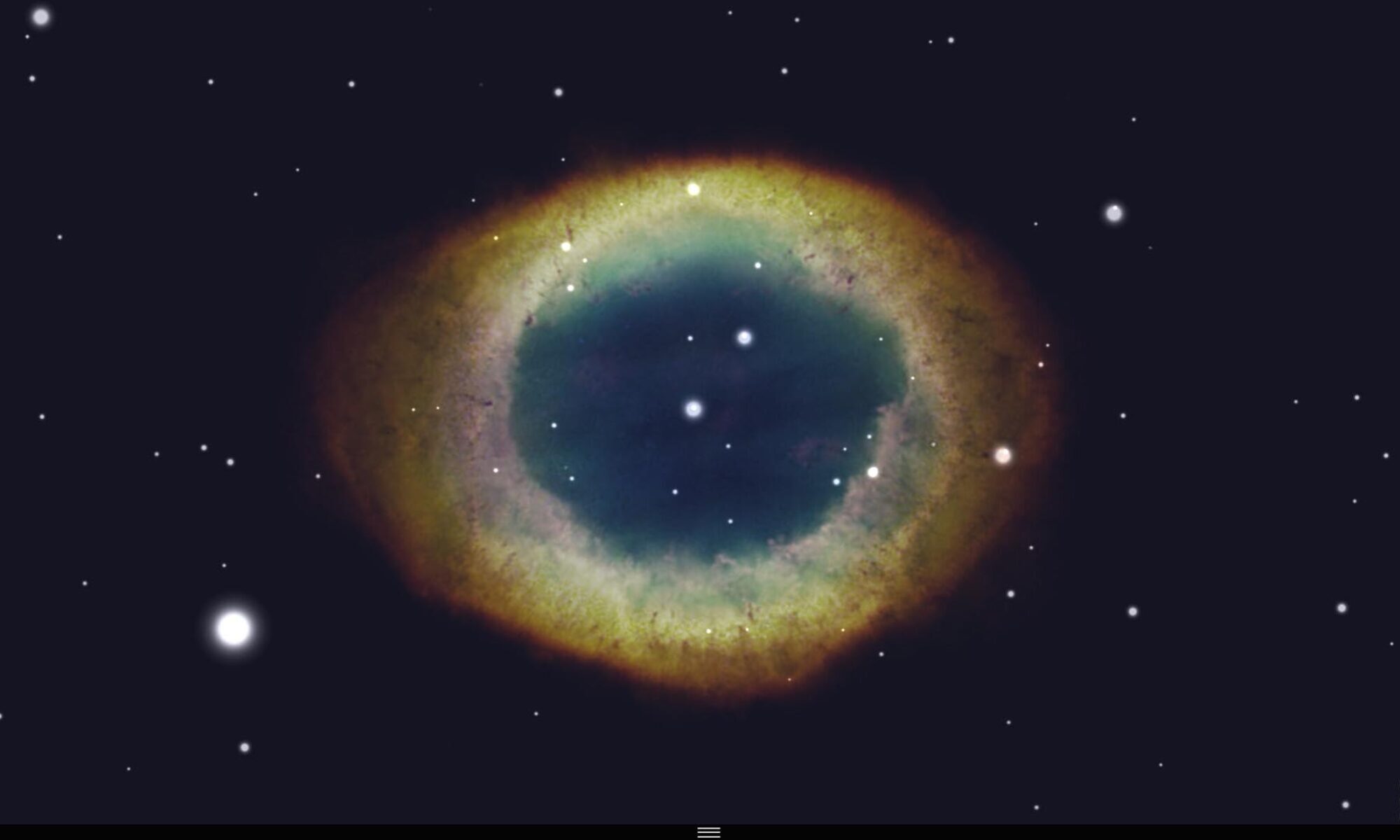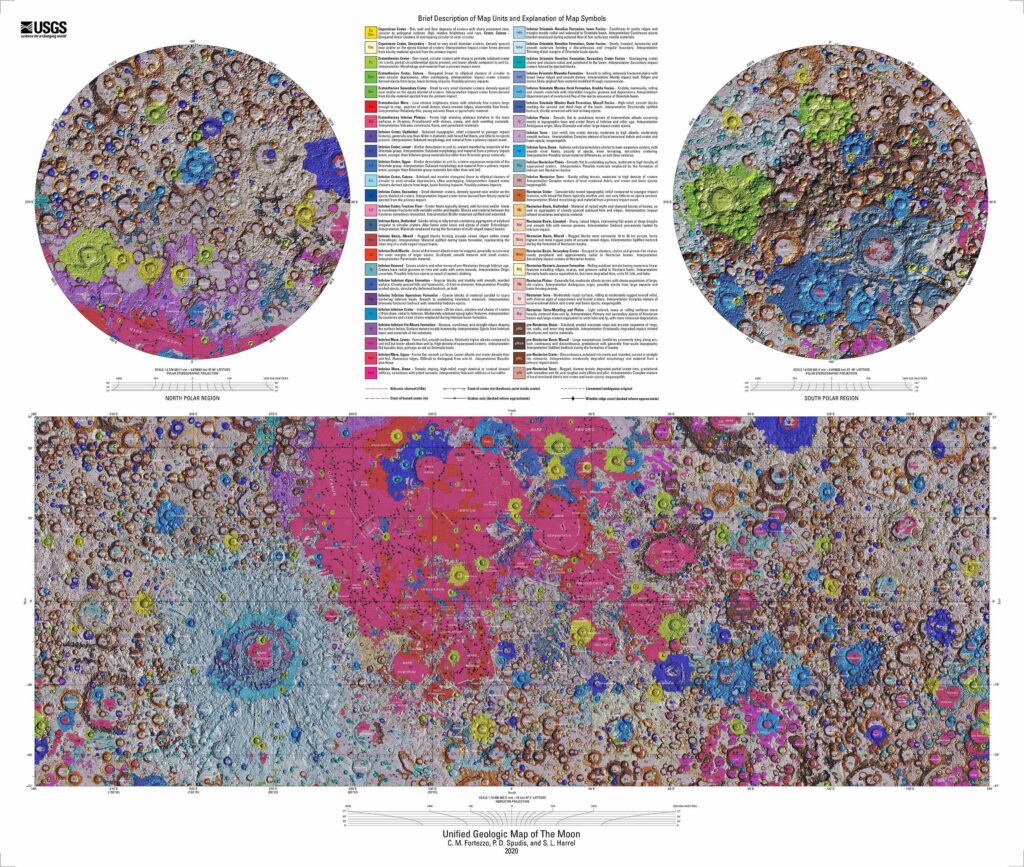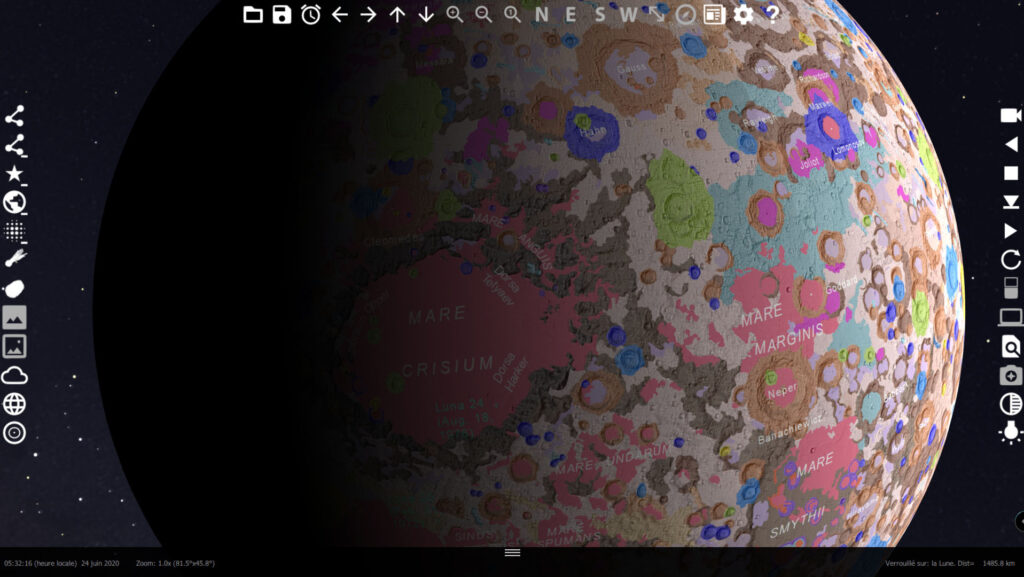Are you confined and looking for an activity to fill your days? Try the Android version of WinStars!
Indeed, I need your help to better understand the issues faced by some users. To do this, simply install the app from the Google Play Store and use it for a few minutes. Then, use the “Send a report” function located in the main menu, so I can gather valuable information on the interaction between your device and WinStars 3.
If you’re feeling adventurous, don’t hesitate to send me your observations and suggestions (what should be modified, added, or removed?). This will allow me to further adapt the application to users’ needs later on.
As a token of gratitude, five lucky beta testers, chosen at random, will receive a free license to use the full version of WinStars on Windows.
If you enjoy WinStars and would like to support me, please feel free to leave a positive comment on the Google Play page of the app.
Thank you very much for your participation!






